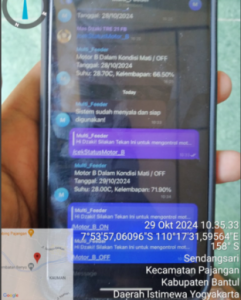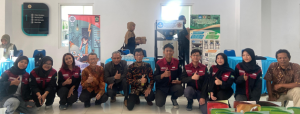


At the National Seminar on Research Results and Community Service (SNH2PM) which took place on Saturday November 9, 2024 at FRC SV-UGM Kulon Progo, an innovative technology to reduce energy consumption and an automatic feed system based on the Internet of Things (IoT) attracted attention. participant. Energy Consumption Reduction Devices and Automatic Feed Systems are one of the main highlights of the exhibition.
This tool is designed to optimize electricity consumption for various domestic needs. Meanwhile, feed equipment provides a practical solution for managing feed on farms. With IoT technology, this tool allows remote control via a smartphone application, making it efficient and easy to operate. The main feature of the electrical energy consumption reduction tool is reducing electrical power losses caused by inductor loads. This tool can increase energy consumption so that it is more efficient without reducing performance. Meanwhile, the automatic feeder has an integrated performance system that can provide feed periodically according to schedule or livestock needs, minimizing feed waste and also real-time monitoring, so users can monitor energy consumption and feed status via a mobile application.
According to the development team of lecturers in the Electrical Technology Study Program, Department of Electrical Technology and Informatics, SV-UGM, Ir. Maun Budiyanto, ST., MT., IPU, this tool aims to support energy efficiency and resource management, in line with the Sustainable Development Goals (SDGs) agenda, especially related to clean energy and food resource management. The lecturer and head of the development team explained that this innovation can be applied on a small to medium scale, such as local farms or households who want to switch to a more modern and environmentally friendly system. The development of this tool was supported by MBKM students under the guidance of Mr. Maun consisting of Alberta Yudea Hani Santoso (TRE 21), Dzaki Fachrurrozi Budiman (TRE 21), Faradina Virdania Rahma Ayuni Affandi (TRE 21), Fuad Galih Pambudi (TRE 22 ), Ariska Meyny Ningrum (TRE 22), Putri Nilam Sari (TRE 22), and Delia Nurhidayah (TRE 22). The tool developed successfully combines electrical, mechanical and programming technology.



